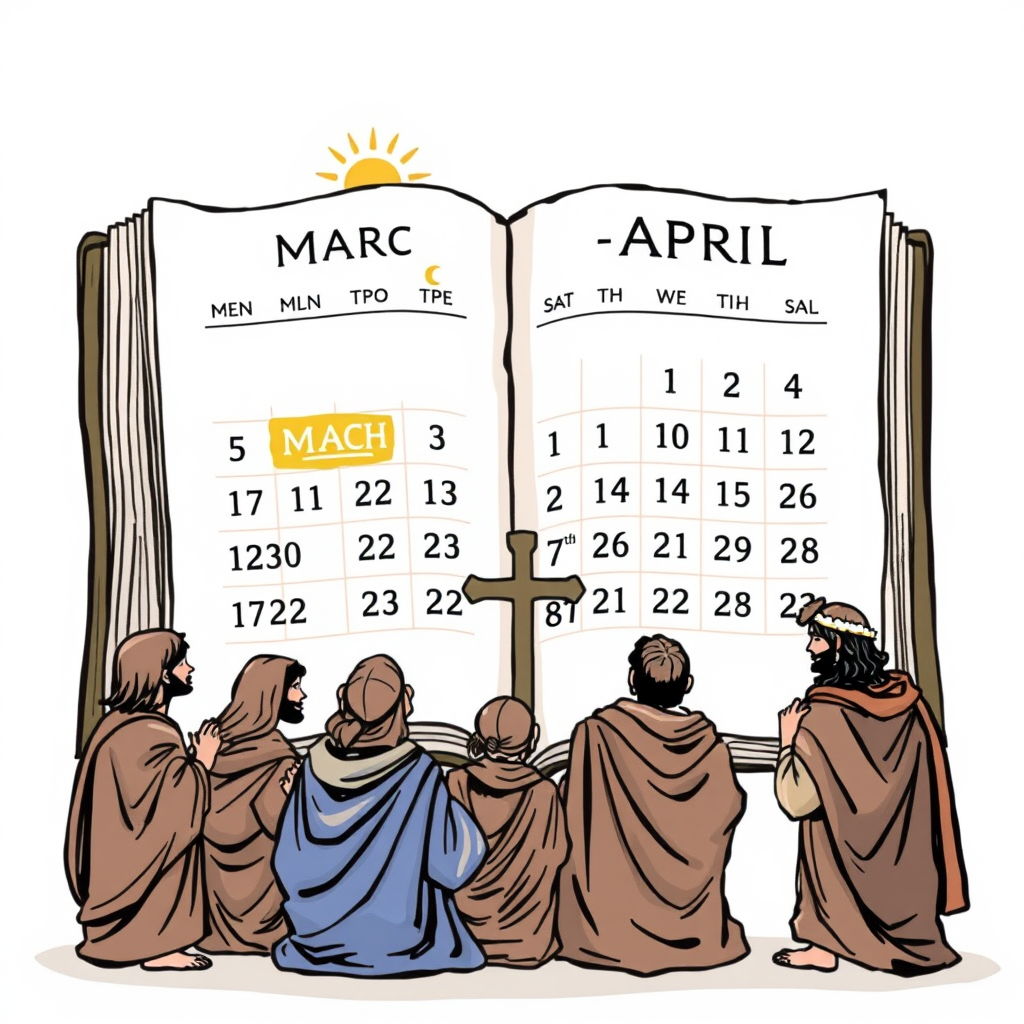The Secret Behind Why Easter's Always Sunday

Easter, one of the most significant holidays in the Christian faith, consistently falls on a Sunday, a tradition rooted in both scripture and historical compromise. The holiday commemorates the resurrection of Jesus Christ, marking the culmination of Holy Week, which spans from Palm Sunday to Holy Saturday. But why is this particular day of the week so consistently observed?
The answer isn’t as straightforward as simply following the day of the resurrection. While the Gospels clearly state Jesus rose on the first day of the week – Sunday – the early practice of determining Easter’s date was far more fluid. Initially, Christians weren’t unified in their observance. Some, particularly in Asia Minor (modern-day Turkey), celebrated Easter on the day of Passover, a Jewish holiday intrinsically linked to the events surrounding Jesus’s death and resurrection. Passover, however, doesn’t adhere to a fixed date and can fall on any day of the week.
This created a growing divide. Around 190 AD, Bishop Victor of Rome attempted to enforce Sunday as the sole day for Easter observance, threatening excommunication for those who continued to celebrate it alongside Passover. He eventually relented, recognizing the deep-seated convictions of some communities.
The issue wasn’t fully resolved until 325 AD, when the Council of Nicaea, convened by Roman Emperor Constantine, officially decreed that Easter would be observed on the first Sunday following the first full moon after the spring equinox. This established a standardized, lunar-solar calculation that continues to govern the holiday’s date today.
The Council’s decision, while seemingly a matter of calendrical precision, was also a political one. Standardizing the date of Easter helped to unify the burgeoning Christian church across the Roman Empire. It’s a fascinating example of how religious observance can be shaped by both theological conviction and practical considerations.
As a result, Easter now reliably falls between March 22nd and April 25th, a testament to a centuries-old compromise that balanced scriptural interpretation with the need for ecclesiastical unity. While the original debate centered on honoring the resurrection, the current practice reflects a historical process of negotiation and standardization, demonstrating how traditions evolve over time.